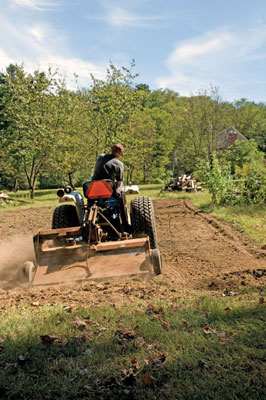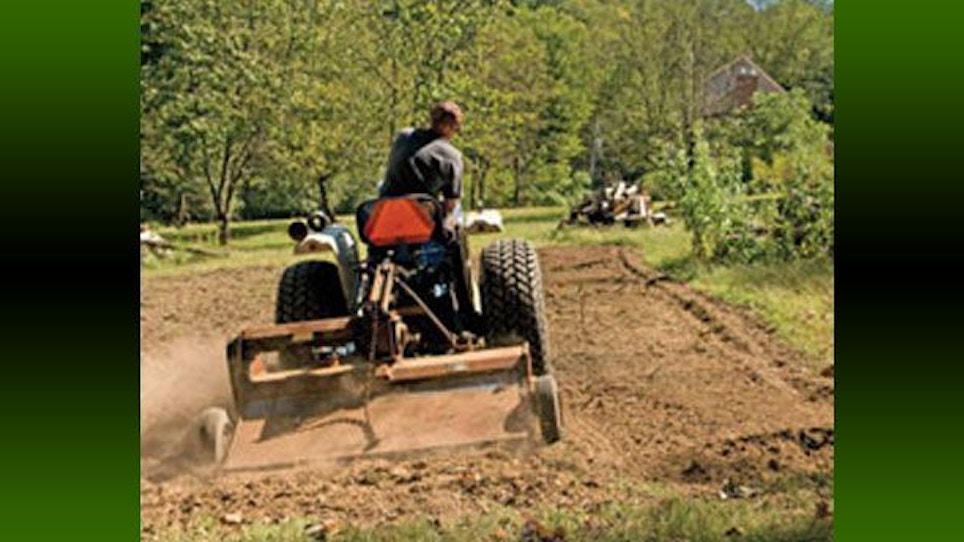 While food plots are a great way to increase the odds of harvesting mature deer, they are also a great way to help provide nutrition in areas that are quickly losing food sources as developments spring up in what was once farmland or forest. One thing to remember is that these plots do not have to be located in an area they are going to be hunted directly over. This food source will create new travel routes from the bedding area and in some cases will help get the deer away from areas that are unsafe or closed to hunting. It will also create spots where does can be found during the various phases of the rut and searching bucks will frequent, making the surrounding areas great places to hang a stand and wait in pinch points and funnels. Where applicable and safe to hunt over by state law and moral conduct, by all means hunt over them.
While food plots are a great way to increase the odds of harvesting mature deer, they are also a great way to help provide nutrition in areas that are quickly losing food sources as developments spring up in what was once farmland or forest. One thing to remember is that these plots do not have to be located in an area they are going to be hunted directly over. This food source will create new travel routes from the bedding area and in some cases will help get the deer away from areas that are unsafe or closed to hunting. It will also create spots where does can be found during the various phases of the rut and searching bucks will frequent, making the surrounding areas great places to hang a stand and wait in pinch points and funnels. Where applicable and safe to hunt over by state law and moral conduct, by all means hunt over them.
This year on a true backyard food plot I was fortunate enough to take a mature doe. Being able to hunt over this food source allowed me to be selective, giving me the opportunity to take the correct deer and help manage the local herd’s buck-to-doe ratio. This particular food plot was frequently visited by bucks, does and even turkeys, providing them with extra nutrition to help battle the upcoming winter while giving us opportunities at deer that we might not have had otherwise. Even if the first plot doesn’t grow as well as expected, don’t give up. Learn from your mistakes and be ready for the next planting season and the future season to come.
After deciding to dive in and create your own backyard deer haven, the next step is to start compiling the necessary tools and equipment to get the job done. Along with the lime, fertilizer, seed, weed and grass killer, and any other liquid treatments you choose to apply, the following list will help you cover the bases when the job gets underway.
- pH testing hit
- Gloves — made from a material suitable for handling fertilizers
- Liquid sprayer — backpack or hand-held pump
- Hatchet or ax — to remove stubborn roots
- Steel garden rake — to break up large clumps of dirt
- Leaf rake — to lightly cover over the seed
- Broadcast spreader
- Wheelbarrow — to collect rocks, roots, and etc. for removal from plot
- Tilling source — whether it be a rototiller or hired help






